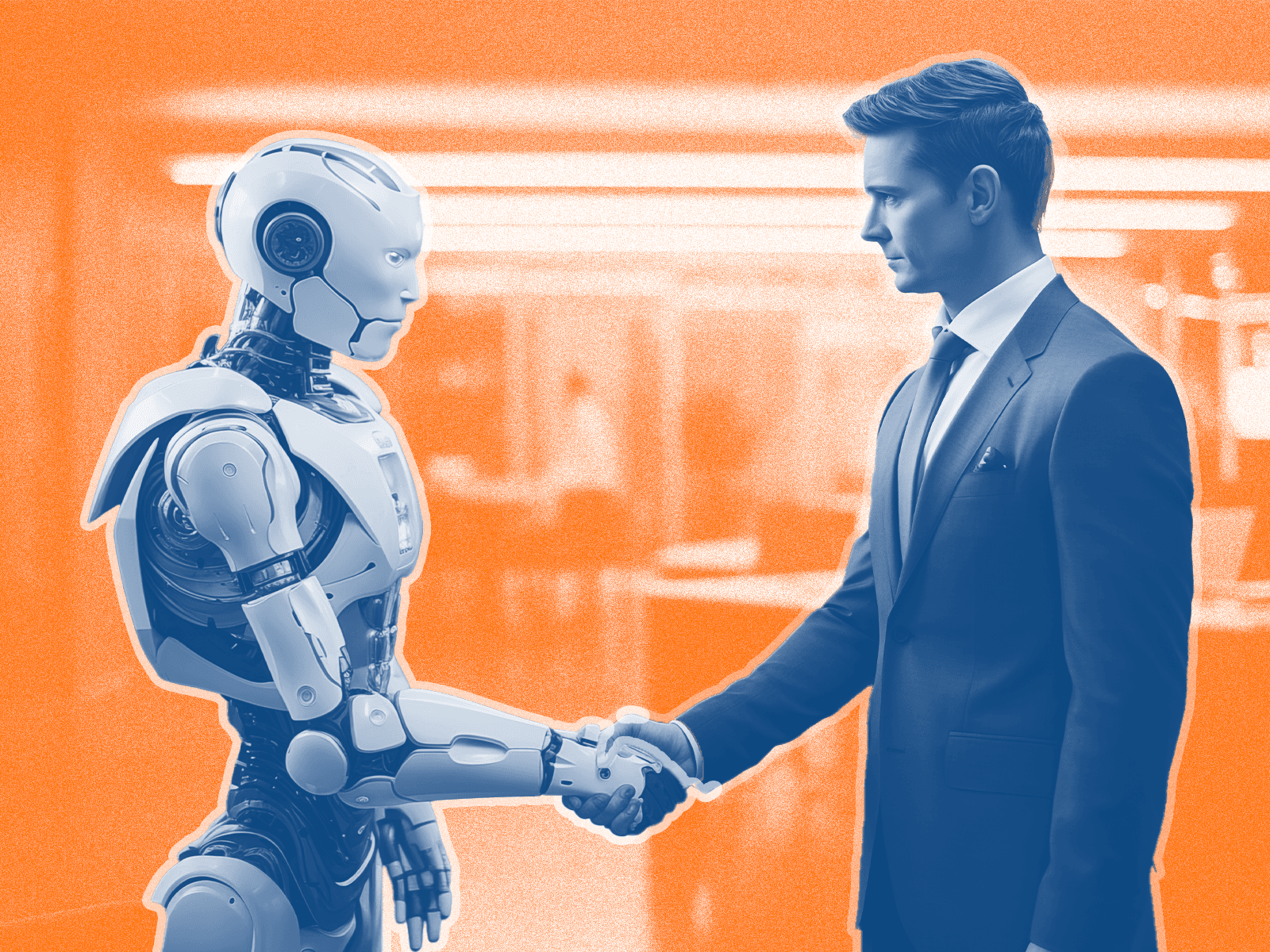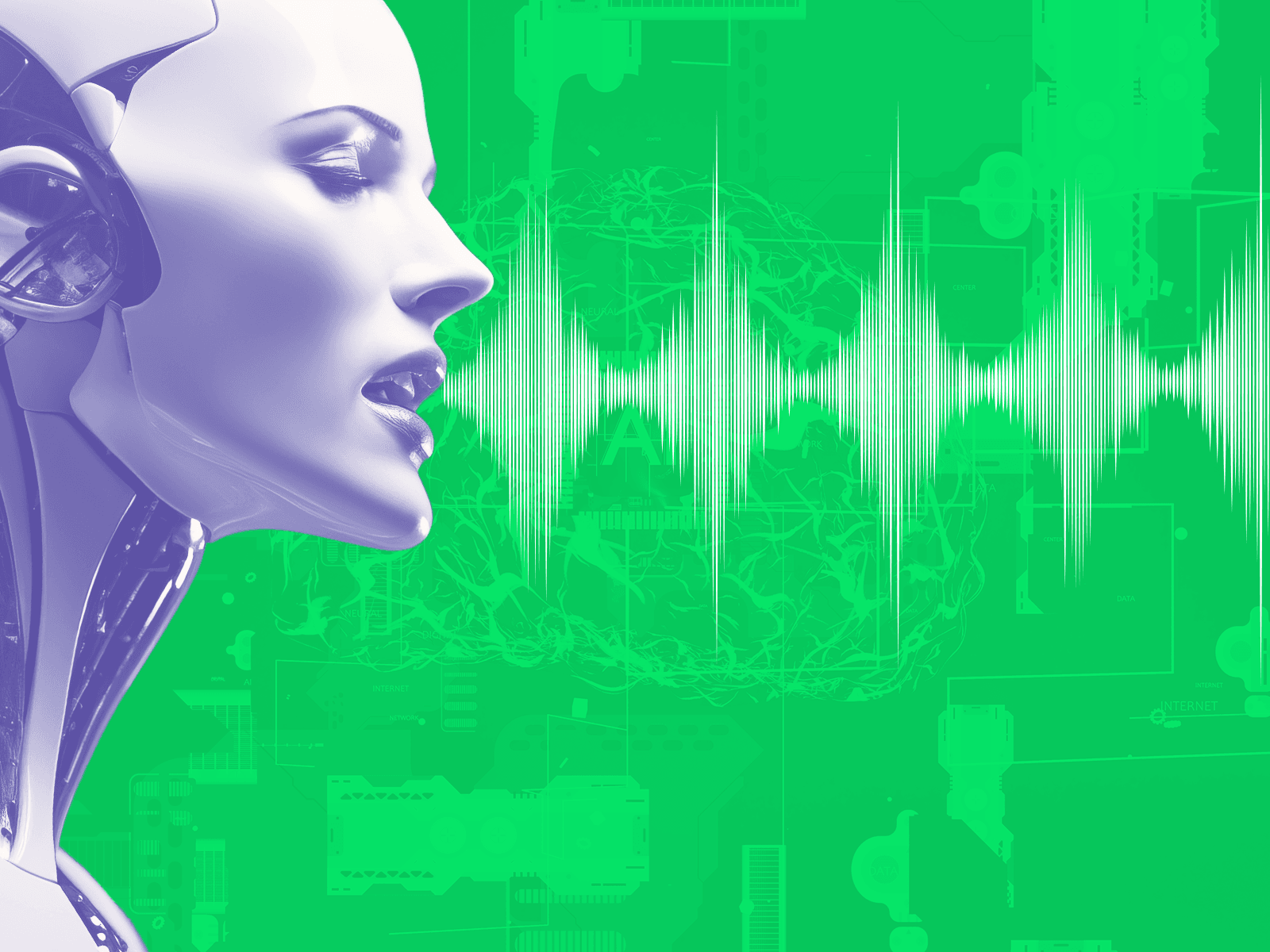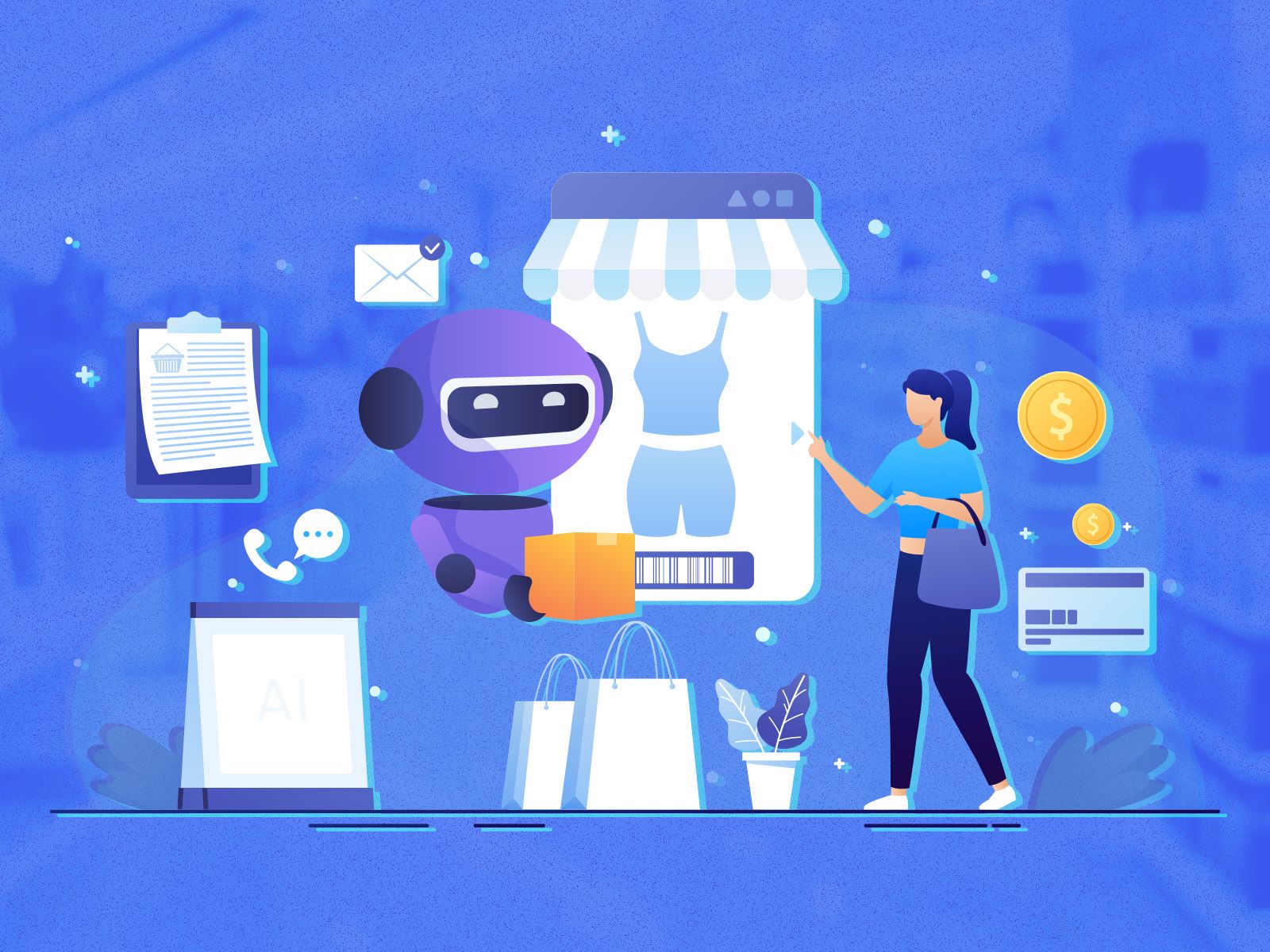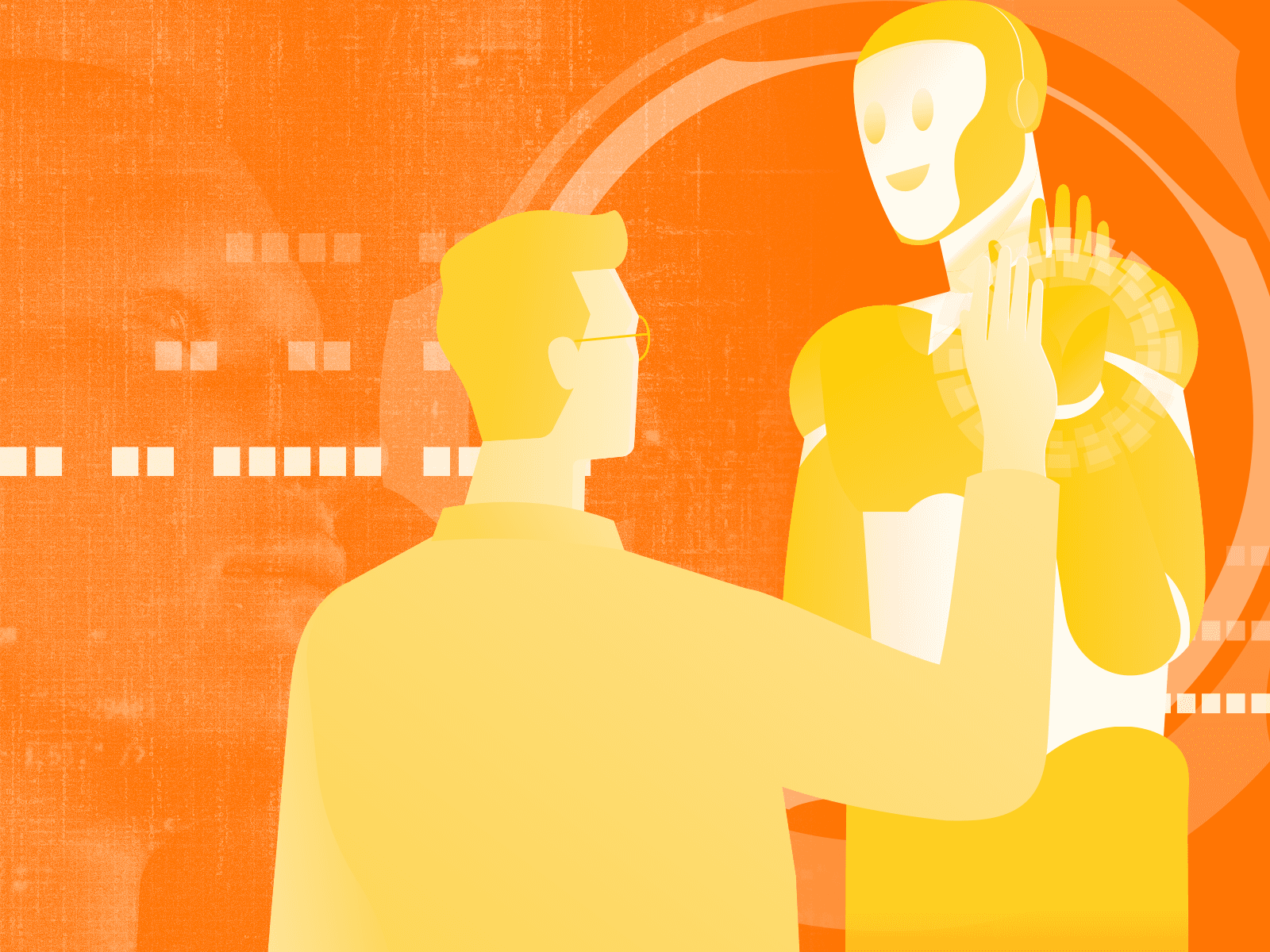Navigating Between Horizontal and Vertical AI for Optimal Industry Solutions

Illustration: © AI For All
In the age of artificial intelligence (AI), the choice between horizontal and vertical development models has become a crucial factor in determining how effective AI solutions are across different industries. This strategic decision is pivotal as horizontal AI aims to address a wide range of challenges across sectors, while vertical AI takes a more focused approach, tailoring solutions to meet the specific needs of particular industries.
We will dive into the practical aspects of horizontal and vertical AI, providing insights into the decision-making process for industry-specific applications and the important considerations that shape this strategic choice.
Horizontal AI's Versatility
Horizontal AI, championed by major platforms like OpenAI, aims to create models with broad applicability. The goal is to develop AI systems that can tackle diverse challenges across various sectors, promising a flexible tool with potentially widespread impact.
Represented by models like OpenAI's ChatGPT, horizontal AI is pre-trained on extensive datasets, showcasing impressive capabilities in natural language processing and image recognition. It excels in fundamental tasks and continually learns from diverse interactions, adapting to the evolving needs of users.
However, the broad applicability of horizontal AI might come at the expense of depth, potentially lacking the precision required for specialized tasks within specific industries. Recent developments in techniques such as fine-tuning may enable us to leverage the vast knowledge within these horizontal AI models while focusing its power on specific applications.
Vertical AI's Industry-Specific Focus
On the other hand, vertical AI takes a targeted strategy, focusing on the unique intricacies of a specific industry or niche. Instead of aiming for broad applicability, vertical AI is meticulously crafted to understand the specific language, challenges, and data formats of a given sector.
This tailored approach enables a deeper comprehension of industry-specific requirements, allowing AI solutions to seamlessly integrate into and enhance existing workflows.
Vertical AI becomes especially crucial in industries with highly specialized demands, such as manufacturing, healthcare, finance, or law. Each sector has its complexities, and generic AI models may struggle to address their nuanced challenges.
Vertical AI, especially those trained on unique domain or industry-specific data sets, and finely tuned to the traits of a specific domain, becomes a strategic asset, facilitating streamlined processes, improved accuracy, and innovation tailored to that industry.
Navigating Manufacturing Challenges
In the manufacturing industry, the interplay between horizontal and vertical AI is evident. Consider the importance of technical drawings in manufacturing processes, serving as blueprints for products.
These blueprints detail precise dimensions, tolerances, and material specifications, demanding not only pattern recognition but also a deep understanding of industry-specific terminology and standards.
Horizontal AI, while proficient in recognizing patterns, may fall short when faced with the complexities of manufacturing technical drawings. Industry-specific AI, a vertical approach, proves its worth in this scenario.
Fixed to the manufacturing sector, it navigates technical drawings with a precision that surpasses generalized models. Precision engineering, foundational in manufacturing, relies on terms like tolerance, machining, and CAD (Computer-Aided Design).
Industry-specific AI recognizes and understands these terms within the contextual framework of the manufacturing workflow, becoming an invaluable collaborator.
Collaborative Development for Industry-Specific AI
Creating industry-specific AI solutions requires collaboration between AI developers, domain experts, and industry stakeholders. Customizing AI models for a specific industry requires a deep understanding of its intricacies, workflows, and challenges.
This collaborative approach ensures that the resulting AI system not only recognizes industry-specific patterns but also aligns with broader industry goals.
While vertical AI development poses challenges in terms of time, resources, and domain expertise, the long-term benefits outweigh the initial costs. The precision and customization offered by industry-specific AI contribute to increased efficiency, reduced errors, and a competitive edge for businesses within a specific sector.
The Impact of Industry-Specific AI
The advantages of industry-specific AI extend beyond technical proficiency. These systems have the potential to revolutionize supply chain management, optimize production processes, and enhance overall efficiency within a given industry.
In manufacturing, where precision and speed are paramount, an AI solution that comprehends industry language and intricacies becomes strategically imperative.
Moreover, industry-specific AI plays a pivotal role in innovation. As manufacturing technologies evolve with 3D printing, IoT (Internet of Things), and advanced materials, AI must adapt swiftly.
A vertical AI system, deeply embedded in the industry, can seamlessly incorporate these innovations into its workflow, ensuring manufacturers stay at the forefront of technological advancements.
Quality Control and Predictive Maintenance
The integration of AI in manufacturing extends beyond production to quality control and predictive maintenance. An industry-specific AI system, trained on historical sector-specific data, identifies potential defects or irregularities before escalation.
This proactive approach ensures product quality while minimizing downtime and maintenance costs, contributing to the overall efficiency of manufacturing operations.
Striking the Right Balance for Your Industry's Future
The choice between horizontal and vertical AI is not a binary decision but a nuanced exploration of the advantages and trade-offs each approach offers. While horizontal AI provides versatility and broad applicability, the depth and precision of vertical, industry-specific AI are indispensable, especially in sectors with highly specialized demands.
Industries considering AI integration into their workflows must strike the right balance between horizontal and vertical AI models. Horizontal AI serves as a foundational tool, offering a broad understanding of general patterns and tasks.
Vertical AI refines this foundation for specific industries, providing tailored solutions that redefine how businesses operate within their niches.
The future of AI in industries hinges on a thoughtful combination of both approaches, enabling businesses to harness the full potential of AI for innovation, efficiency, and competitiveness in an ever-evolving technological landscape.
Industrial AI
Manufacturing
Enterprise AI
Author
CADDi is a global supply chain company on a mission to "unleash the potential of manufacturing." The company strives to transform the manufacturing industry through its primary offering "CADDi Manufacturing," a one-stop service for procurement and manufacturing that utilizes original technologies to optimize quality, cost, and delivery within its supply chain infrastructure. In mid-2022, CADDi launched "CADDi Drawer," a cloud-based data utilization system to further digital transformation in the manufacturing industry.
Author
CADDi is a global supply chain company on a mission to "unleash the potential of manufacturing." The company strives to transform the manufacturing industry through its primary offering "CADDi Manufacturing," a one-stop service for procurement and manufacturing that utilizes original technologies to optimize quality, cost, and delivery within its supply chain infrastructure. In mid-2022, CADDi launched "CADDi Drawer," a cloud-based data utilization system to further digital transformation in the manufacturing industry.









